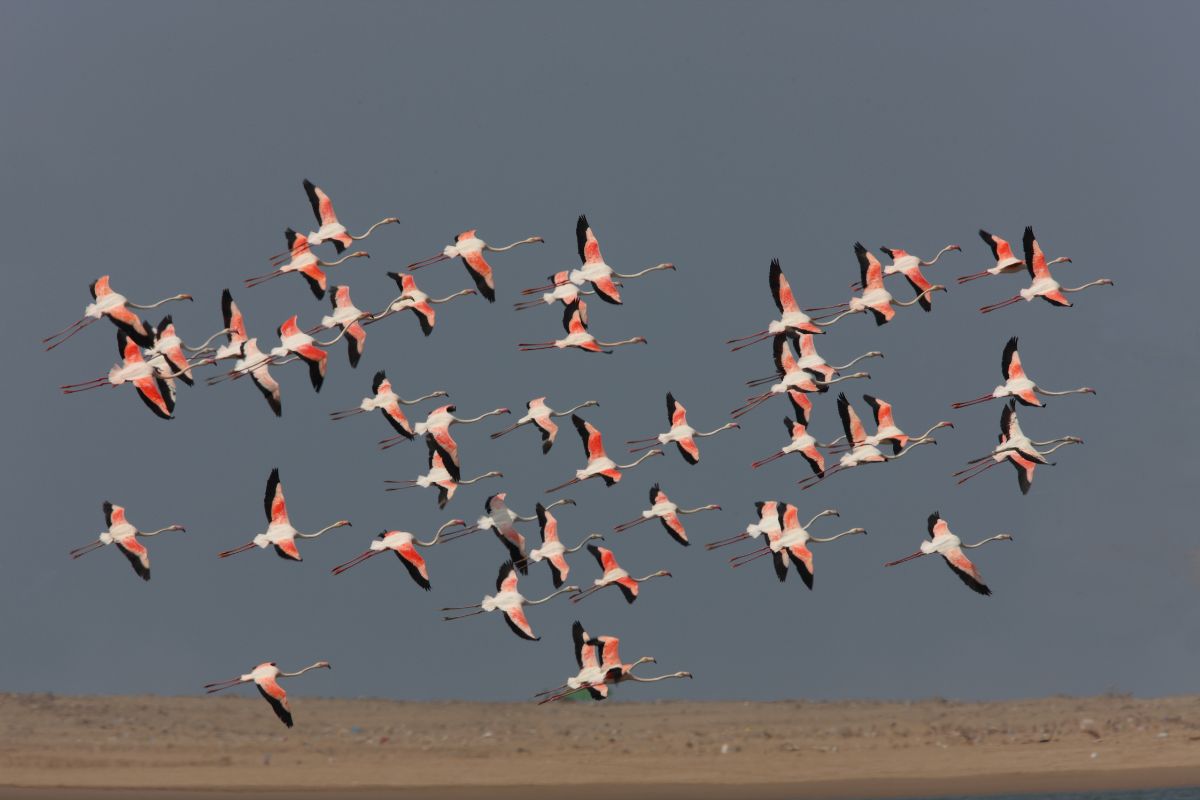Morocco, a country renowned for its vibrant culture, diverse landscapes, and rich history, is also a hidden gem for birdwatching enthusiasts. Nestled at the crossroads of Europe and Africa, Morocco boasts a unique blend of avian species from both continents, making it a paradise for ornithologists. In this article, we will take you on a journey through the captivating world of birdwatching in Morocco, exploring its rich birdlife, diverse habitats, and the top birding hotspots that beckon enthusiasts from around the world.
Birdwatching in Morocco: A Paradise for Avian Enthusiasts
A Tapestry of Habitats: Morocco’s Avian Diversity
Morocco’s avian diversity is a reflection of its diverse habitats, ranging from lush wetlands and dense forests to arid deserts and rugged mountains. This remarkable variety of landscapes provides a haven for both resident and migratory bird species, making it a year-round birdwatching destination.
One of the most remarkable aspects of birdwatching in Morocco is the opportunity to observe both European and African bird species within a relatively small geographical area. During the annual migrations, Morocco becomes a crucial stopover point for millions of birds traveling between Europe and Africa. This migration spectacle offers birdwatchers a front-row seat to witness the impressive flights of raptors, storks, and passerines.
The Atlas Mountains: A Birdwatcher’s Dream
The Atlas Mountains, which span across Morocco, offer a diverse range of birdwatching opportunities. In the High Atlas, birdwatchers can spot alpine species like the Alpine Accentor and the Alpine Chough. The snow-capped peaks provide a striking backdrop for observing these high-altitude birds in their natural habitat.
Descending to the foothills and valleys of the Atlas Mountains, birders can encounter a rich variety of species. The Cinnamon-breasted Buntings and the Moussier’s Redstart are just two of the colorful and endemic birds that inhabit this region. The scenic gorges and fertile valleys make for an excellent birdwatching experience.
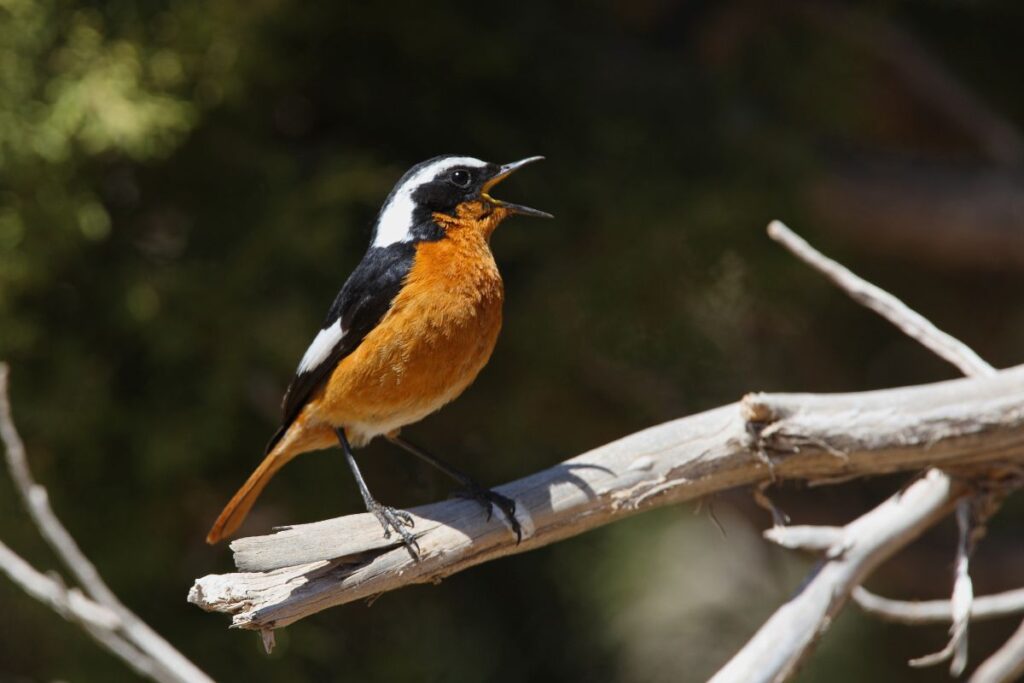
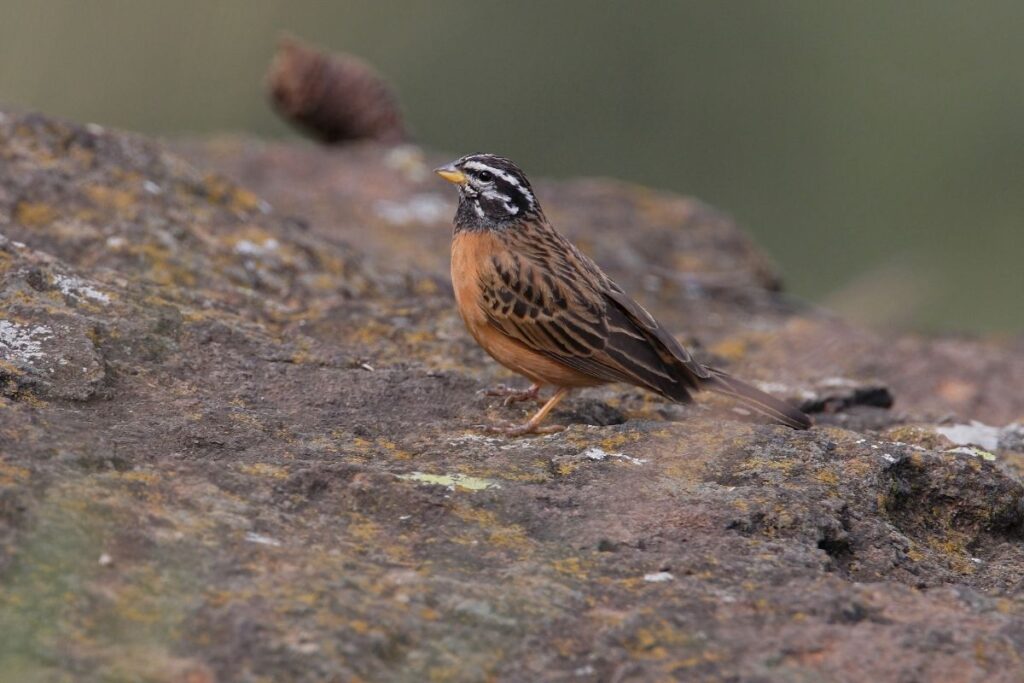
Wetlands and Oases: Birding Hotspots
Morocco’s wetlands and oases are essential birdwatching hotspots, attracting a plethora of waterfowl, waders, and other aquatic species. The Merzouga Dunes, situated on the edge of the Sahara Desert, are home to the striking Egyptian Nightjar and the Desert Sparrow, which are adapted to the harsh desert environment.
Further north, the coastal town of Oualidia boasts a large lagoon that serves as a vital stopover point for migratory birds on the East Atlantic Flyway. Flamingos, Spoonbills, and a variety of terns are among the many species that can be spotted here.
The Souss-Massa National Park: A Birding Haven
For serious birdwatchers, the Souss-Massa National Park is a must-visit destination. Located along the Atlantic coast, this park is home to one of the world’s rarest birds of prey, the Northern Bald Ibis. With only a few hundred individuals left in the wild, this park plays a critical role in the conservation of this iconic species.
The park’s mudflats and estuaries attract a wide range of waders and waterfowl, including the Greater Flamingo, the Eurasian Spoonbill, and the Slender-billed Gull. Birdwatchers can also explore the coastal cliffs, where they may encounter species like the Peregrine Falcon and the Audouin’s Gull.
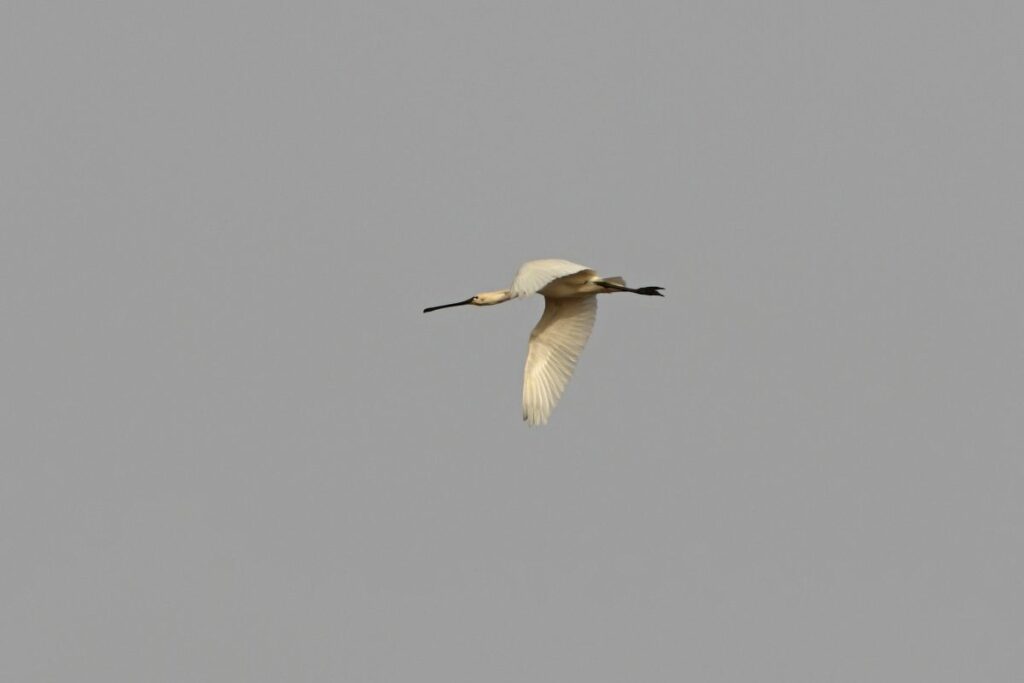
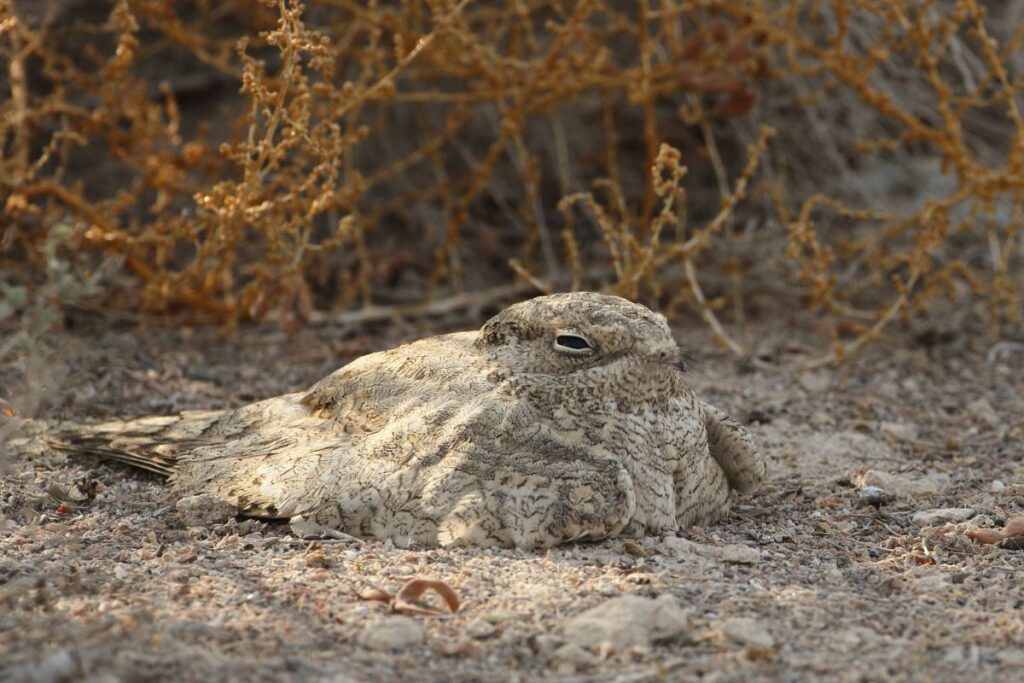
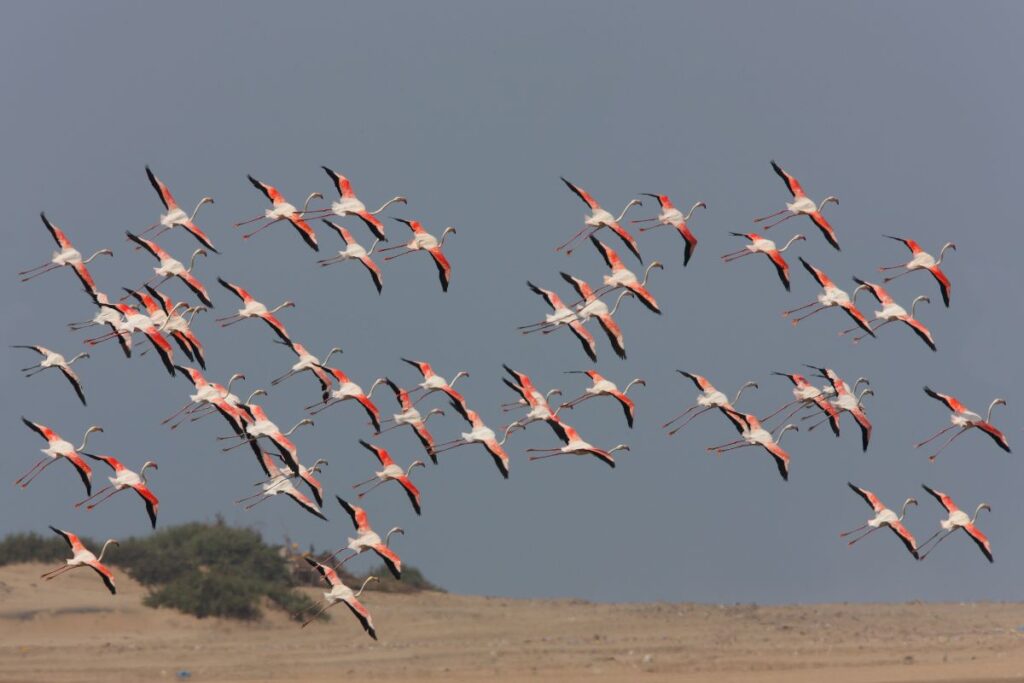
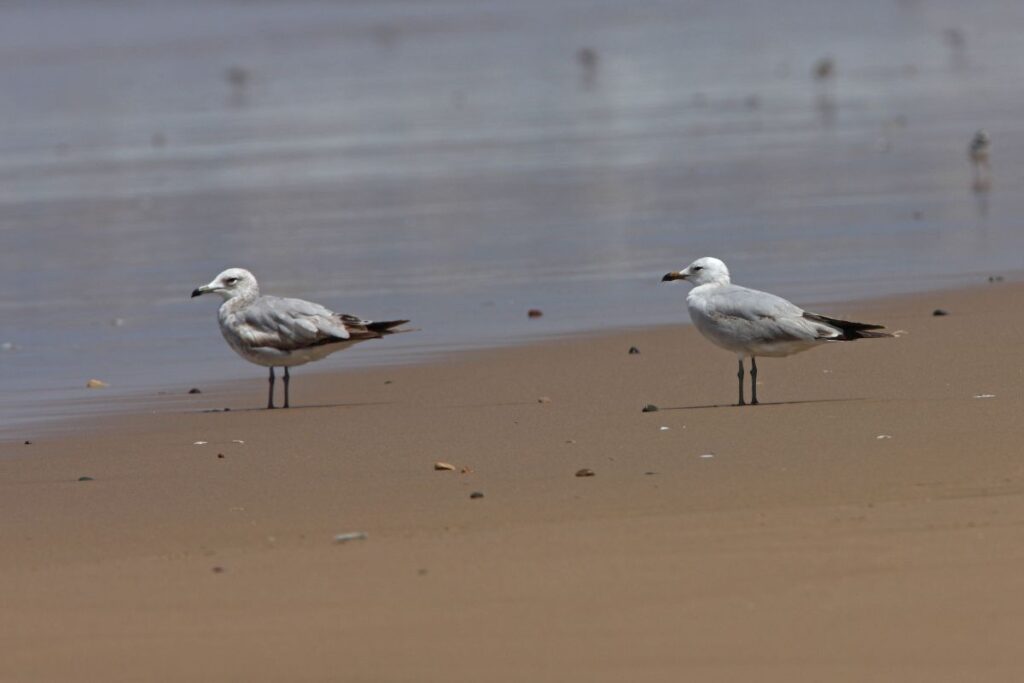
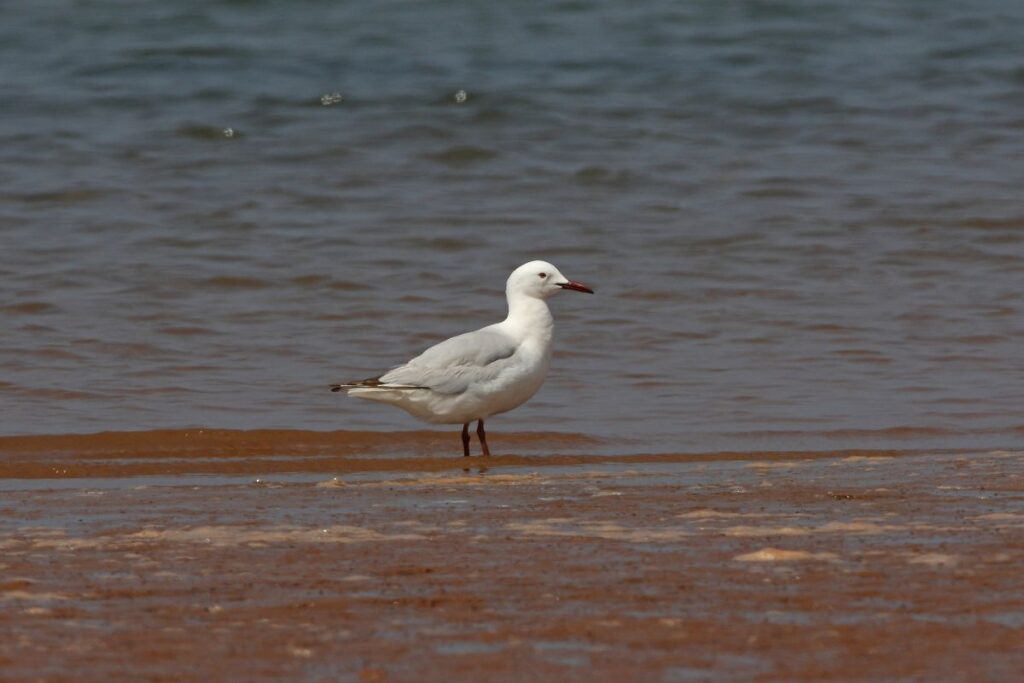
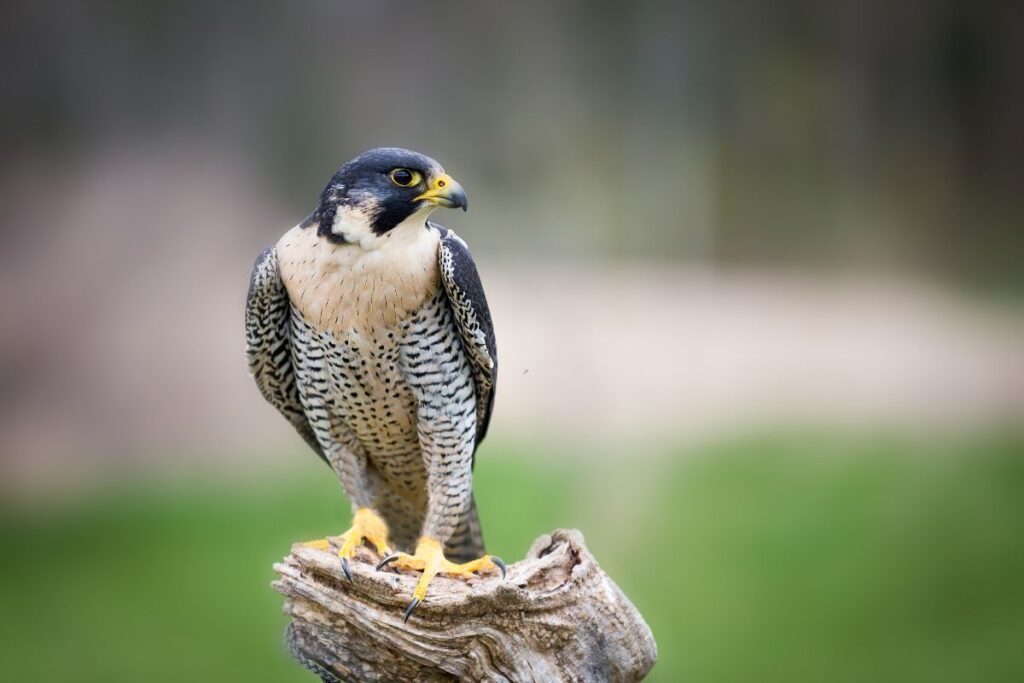
Migratory Spectacles: Witnessing the Avian Marvels
One of the most remarkable aspects of birdwatching in Morocco is the chance to witness breathtaking migratory spectacles. Each year, countless birds pass through Morocco during their migrations, making it a prime location for observing these avian marvels.
One such spectacle is the migration of raptors, including Honey Buzzards, Marsh Harriers, and European Bee-eaters. These birds form immense flocks that can be seen soaring overhead, riding thermals as they make their way between Europe and Africa.
Another awe-inspiring migration event is the passage of storks and White Pelicans. These large, elegant birds can be seen gliding gracefully in the skies, often in the company of smaller species like swallows and swifts.
Practical Tips for Birdwatching in Morocco
Before embarking on a birdwatching adventure in Morocco, here are some practical tips to enhance your experience:
- Timing: The best time for birdwatching in Morocco is during the spring and autumn migration seasons. Spring, in particular, offers the chance to see a wide variety of species.
- Local Guides: Consider hiring a local birdwatching guide who can navigate the terrain, identify species, and provide valuable insights into the region’s birdlife.
- Binoculars and Field Guide: Bring a good pair of binoculars and a field guide specific to Moroccan birds to enhance your identification skills.
- Respect Wildlife: Always observe birds from a safe and respectful distance to minimize disturbance to their natural behavior.
- Pack Essentials: Don’t forget essentials like sunscreen, a hat, comfortable clothing, and plenty of water, especially when birdwatching in the desert.
A Birdwatcher’s Paradise Awaits
Morocco’s unique blend of landscapes and its strategic location as a migratory crossroads make it a captivating destination for birdwatchers of all levels. Whether you’re an avid ornithologist or a casual observer, Morocco’s avian diversity and stunning scenery promise an unforgettable birdwatching experience.
From the rugged Atlas Mountains to the coastal wetlands and the vast deserts, Morocco’s birdlife is a testament to the country’s commitment to conservation and its role in preserving the natural world. So, pack your binoculars, grab your field guide, and embark on a journey to discover the avian wonders of Morocco – a true paradise for ornithologists.
